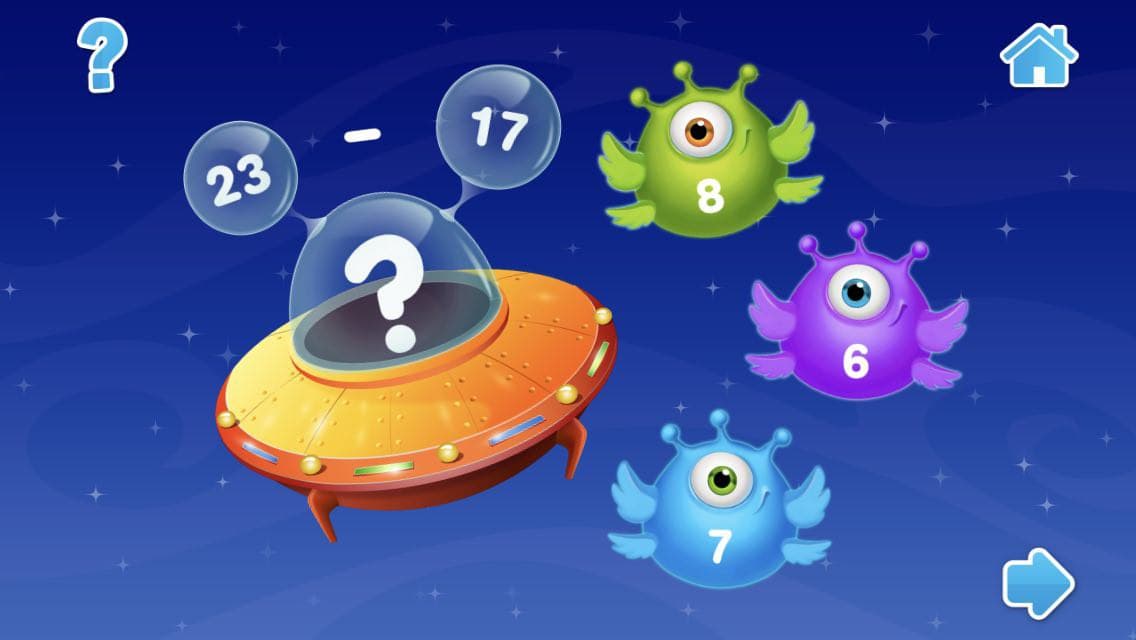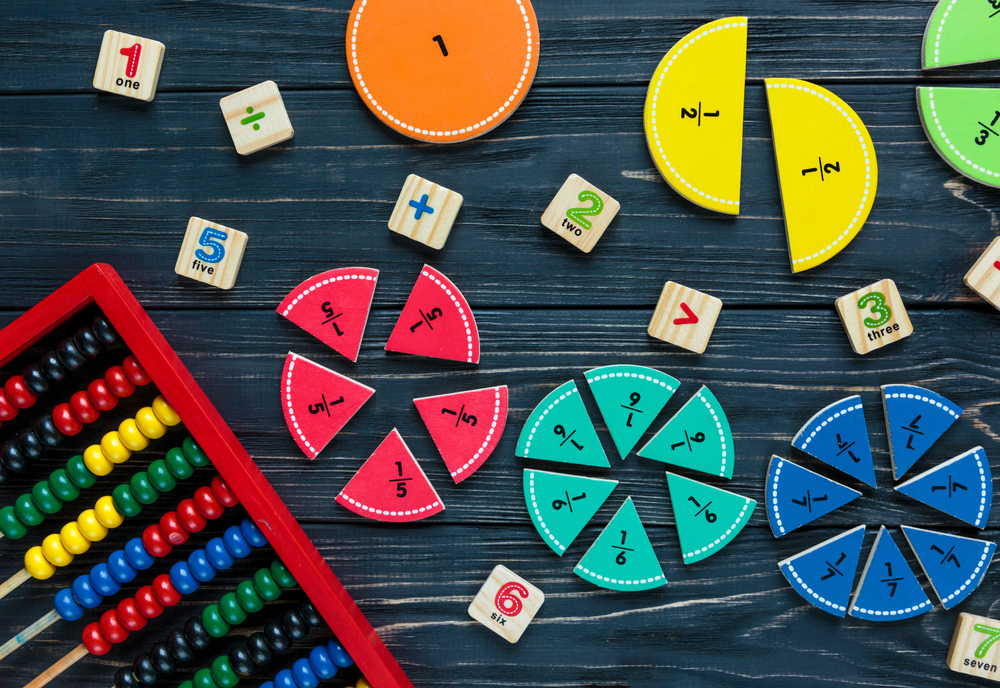My Child Is Bullied: 7 Ways to Stop It and Help My Child
Oct. 28, 2021
When I was in secondary school, I had a classmate, Rio, who my friends and I didn’t like. She was the smallest in the class, a bit friendly but she was really shy and often alone. She was never part of any group, we never accepted Rio to our circle. One time, our teacher asked us to write an essay, so I grabbed her work and read it to the whole class. Everyone started laughing, and I felt great because we were having fun.
However, I never realized what I did to her — not until I experienced the same thing, and worse. I had a new classmate who hated me for no reason; he would hide my stuff, call me names, and humiliate me in front of other kids. I didn’t want to be a sissy, and kept it to myself. I never shared anything with my parents and teachers, so there was no adult to protect me. Fortunately, soon I moved to a different school and I learned my lesson to never pick on anyone because I had got to know what bullying felt like.
For someone who is bullied, having a support system is essential to prevent any mental or emotional damage in the future.
What Is Bullying?
Teasing around and having fun or doing pranks is not always harmful. Children may just laugh it out and move on, but if the teasing continues and becomes hurtful, or if it is causing the child to be fearful, then it is already considered to be bullying. This does not only happen at school and with kids — bullying happens anywhere and at whatever age. Bullying can be not just in the form of physical harm, e.g. kicking, throwing, or punching, etc. It can happen verbally, by name-calling like “You’re ugly,” “You’re dumb” etc., which has as damaging effect on a child as physical abuse.
Relational bullying is a form of spreading rumors, excluding, and forming a group to hate or hurt someone. And we have cyberbullying – since most people are using social media (Facebook, Instagram, Twitter, Tumblr, etc.) bullying became more accessible, and children are now more vulnerable. Bullying has a profound impact on a child’s view of oneself, it is a nightmare to be bullied, and therefore being there for the victim is significant.
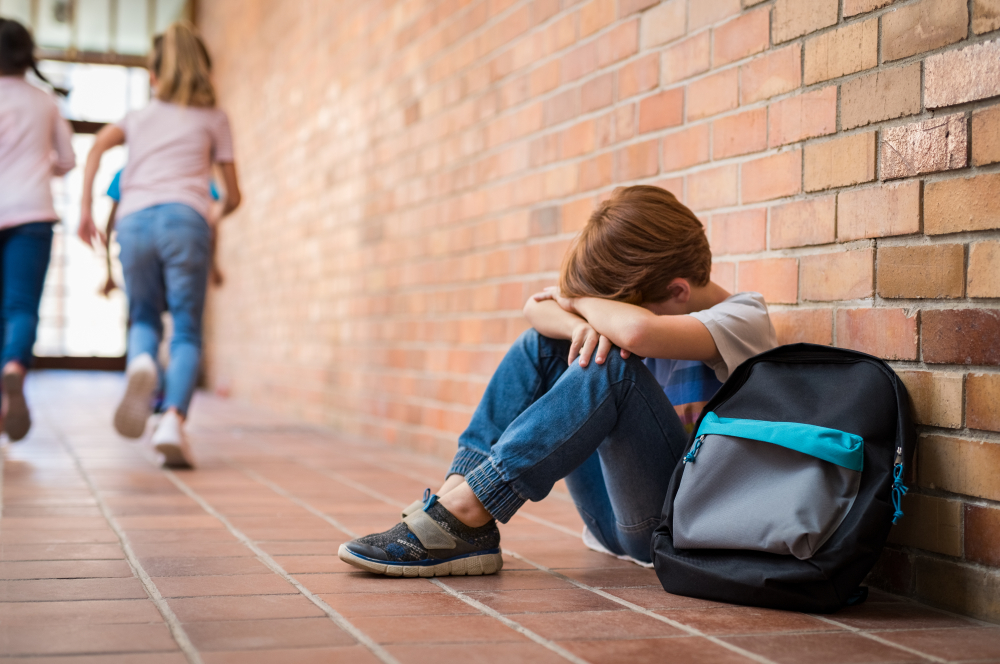
How to Know if Your Child Is Being Bullied And How to Stop It?
If you suspect that your child is being bullied, make sure to be there for him or her, ask questions without being too nosy. You should build trust and never force your child into telling you about it. Some children may feel unsafe even with their parents because of their previous unsuccessful attempts to reach out to other adults like their teachers or coaches. Make your child feel that you will be there to protect them and it is okay to open.
Once you’ve realized that your child is bullied, you might feel anger because you are being such a careful, protecting and nurturing parent, for your child only to be hurt, teased, and bullied at school. You will feel a lot of emotions, and it is normal. Let us now focus on how to stop bullying. Here are 7 steps to help your child:
1. Understand what bullying is
You should be able to define bullying into how it appears, as well as recognize its forms and severity. Remember that bullying can be physical, verbal, relational and cyber. Do not just look out for one form because all the types are equally harmful.
2. Identify signs of bullying
Ask your child how school went or how their day was. This type of conversation can help form trust. Always have a check-in and be available for your child. Some children will be vocal about the bullying that is happening to them, or you may see visible injuries, however, this is not always the case. Let us check some warning signs that your child is being bullied:
- Acting differently and anxiously, especially when he or she is about to go to school;
- Not wanting to talk about school;
- Often silent, not enthusiastic about the things that he or she usually enjoys;
- Avoiding certain situations, such as playing with other kids;
- Low performance in school.
3. Talk to your child about bullying
It is essential for your child to recognize what bullying is. You can describe different bullying situations to them and ask what they think about them and what they would do in those situations. You may also use stories to illustrate your point, for example “Cinderella”. Although most might think that this is just a story of a poor girl who became a princess, Cinderella was actually a victim of bullying (by her stepmother, and sisters).
Another relevant story is “The Three Little Pigs and The Big Bad Wolf”. You can discuss how the Big Bad Wolf in the story is a bully and which of his actions make him one. Make sure that you have further conversations about bullying after explaining it, let them know that it is not normal and no one deserves to be a victim of it.
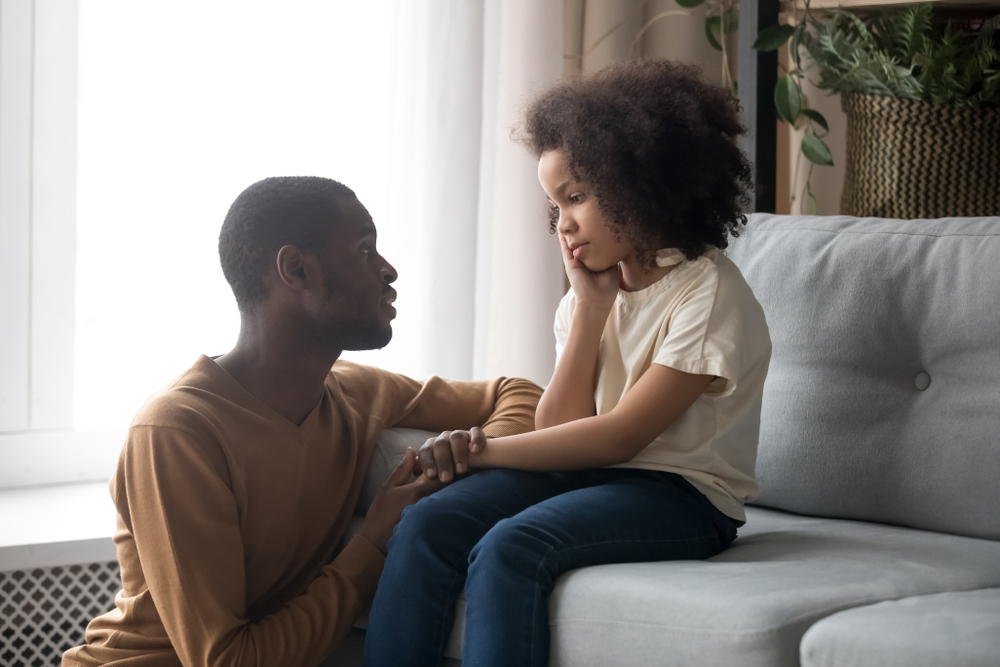
4. Model positive behavior and teach social skills
Your child will be looking up to you, so ensure that you are not a bully yourself. Always be careful with your words and the way you talk to others. Set your child an example of confident, polite and respectful communication. Teach them the proper ways of playing and conversing – this can be in a form of role playing. Let them know that it is okay to say “No” and that he or she should also be respected.
You can illustrate your point using the following situations: a classmate asking your child to answer their homework, someone asking for your child’s food, or making your child do things she or he does not feel comfortable with. Teach them how to respond in such cases, for example: “I am not comfortable with what you are doing” or “Please stop bothering me”.
5. Teach kids to stand up for themselves, and others as well
This does not have to be in a form of fighting. If your child is being bullied or sees someone being bullied, they should be able to look brave and act on it. Teach them how to properly respond to a bully, and what to do if they are being teased. You can also do role playing and see how your child will react when bullied. Tell them to stand up and say “I don’t like what you’re doing to me,” “You can’t talk to me like that” or just to ignore the bully if they don’t stop. This would make the bully feel less relevant.
6. Build your child’s confidence
Building confidence does not always mean learning to look tough or cool. You can also inflict your child’s confidence by encouraging them to pursue their interests, praising them, letting them know what they did right, and through facilitating their academic achievements.
Study with your child, help them build academic confidence through learning – for example by watching educational videos, completing worksheets, or playing games found on the Kids Academy website and the Talented and Gifted app. Academic confidence will help to protect and boost your child’s self-esteem, for they will know that he or she has something the bully can never have, and that is intelligence.
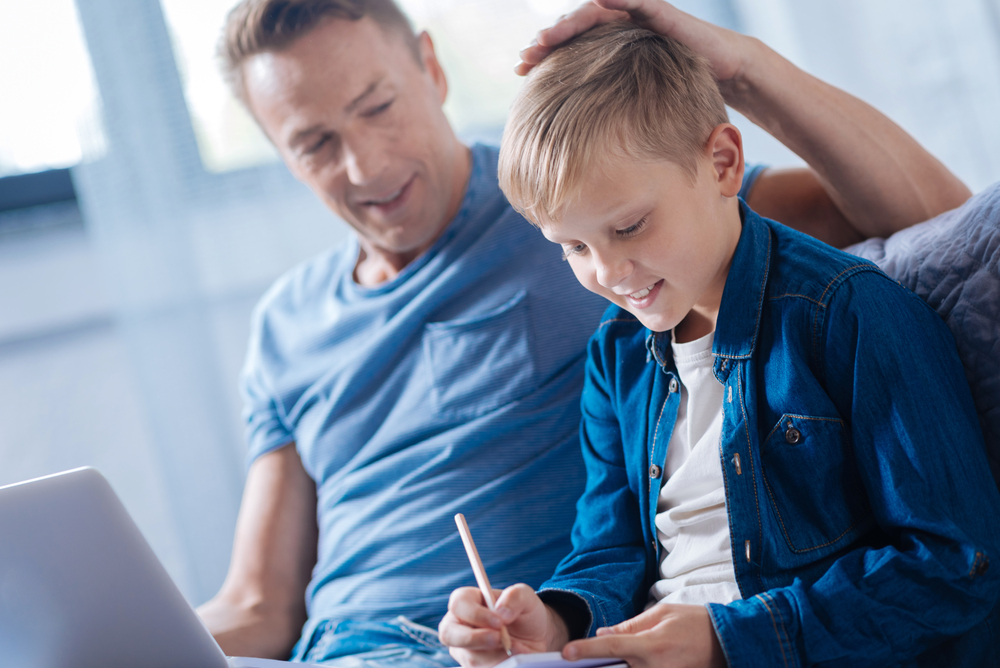
7. Monitor your child
If you feel like your child can no longer handle the bully – you may notice changes in behaviour or physical injuries – as a parent you should take action. It is important that you let your child know that you understand them and you care about what they are going through.
Talk about what you can both do with the situation, also listen to what your child is comfortable with – whether it is you confronting the bully and talking to the bully’s parents, transferring your child to another school, or speaking with the school principal. Always support what your child thinks is best for them. However, if your child is greatly traumatized by the bullying incidents, it is greatly advisable to seek professional help.
Bullying should always be taken seriously. Make sure to know your child’s rights and protect them. Again, be there for your child, support them, listen and be as observant as possible. We all want bullying to be stopped, and the work on it should start at home. For more articles and advice from expert educators, visit Kids Academy’s parent’s blog where you can also find tips on how to help your child with their academics.
About the author
Jorezza Antonio - Behavioral Therapist.
Metro Manila, National Capital Region, Philippines.
References:
- Helping Kids Deal with Bullies https://kidshealth.org/en/parents/bullies.html
- Weingarten, K. (2015) 10 Things Every Parent Can Do to Stop Bullying
- https://afineparent.com/strong-kids/stop-bullying.html






